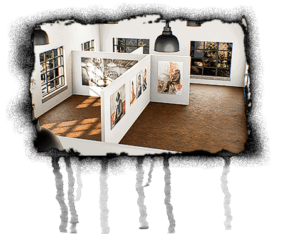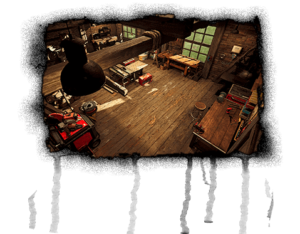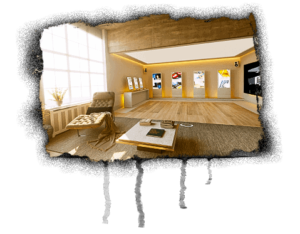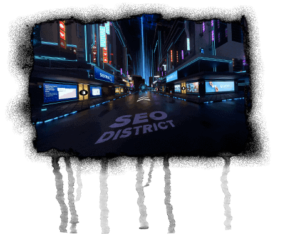Stereoscopy
Stereoscopy makes it possible to experience two-dimensional images in a 3D effect. This makes viewing more realistic and achieves a greater depth effect. Their task is to simulate three-dimensional vision. Images are generated in pairs and separately for each eye and then combined. Both eyes see the same subject with a slight lateral shift. This is called stereoscopic deviation and enables the 3D view.
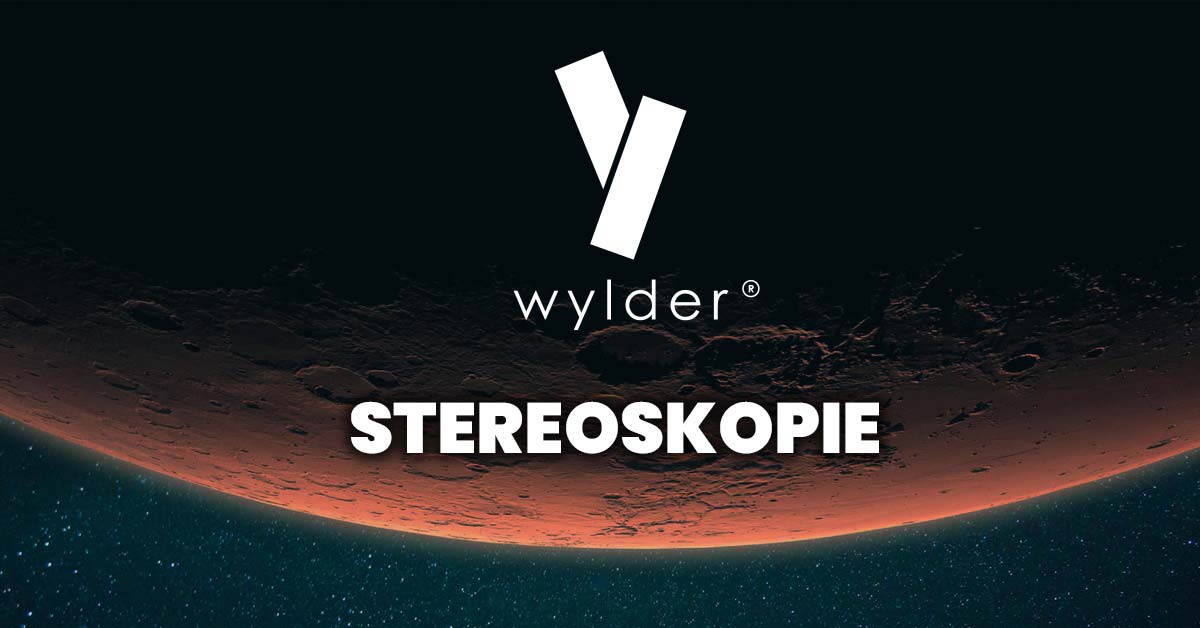
What is stereoscopy?
When looking at objects, they appear as a whole, although the right and left eyes perceive them from a slightly different and shifted angle due to the interpupillary distance. However, the brain puts these two individual elements together, and this is how the image appears in 3D. In order to create this realistic viewing experience as a spatial impression in films as well, the stereoscopic method is necessary. With the help of this technique or a stereo camera, images are assembled and stereo image pairs are generated in sequential recording.
The stereoscopic method has been around for a long time. It used to be purely for entertainment and made it possible to combine two synchronous half-images into one stereoscopic image. This was achieved with the help of an inclined mirror and a stereoscope. This apparatus consisted of a wooden box with two optical lenses, which was aimed at a two-dimensional photograph and achieved a 3D effect. Today, stereoscopic recording is easiest with 360-degree cameras or a camera that records in visual stereo. In order to experience the three-dimensional effect when viewing, there are 3D glasses.
Why do you need stereoscopic technology?
The world visible to humans is always three-dimensional. Stereoscopic technology is an important functional element in order to maintain the effect for stereo photography and films. It is used in camera systems, in film production and in modern 3D televisions. This gives the stereo image its three-dimensionality. The simplest method is to display two half-images side by side and to look at them with a special viewing technique. Special glasses achieve a similar effect. The associated method is the anaglyph method. Two stereo images are printed one on top of the other and viewed through glasses with colored lenses. The complementary colors are usually green and red. The special camera for such purposes uses the lenticular method with a similar three-dimensional effect.
What are the advantages and disadvantages of stereoscopy?
Stereoscopy is an important method for a natural and true-to-space image. The advantages of this procedure are:
- Generation of half-images that can be viewed three-dimensionally
- Color-accurate images and impressive film effects
- Greater depth effect
- Realistic Perception
The disadvantages are:
- High processing effort
- Special procedures and cameras required
- Viewing often only possible with 3D glasses
- Strain on the eyes if the 3D effect is too long
Where is stereoscopy used?
Stereoscopic recordings are not only intended for entertainment purposes, even if film transmission is increasingly focusing on three-dimensionality and the film experience is thus moving into space. The technique is also necessary for the illustration of mathematical figures and trigonometry. The procedure is used when checking modern banknotes and genuine securities. With the help of the stereoscopic deviation, it is technically possible to determine the depth, which is required, for example, in image montage or in astronomy.
